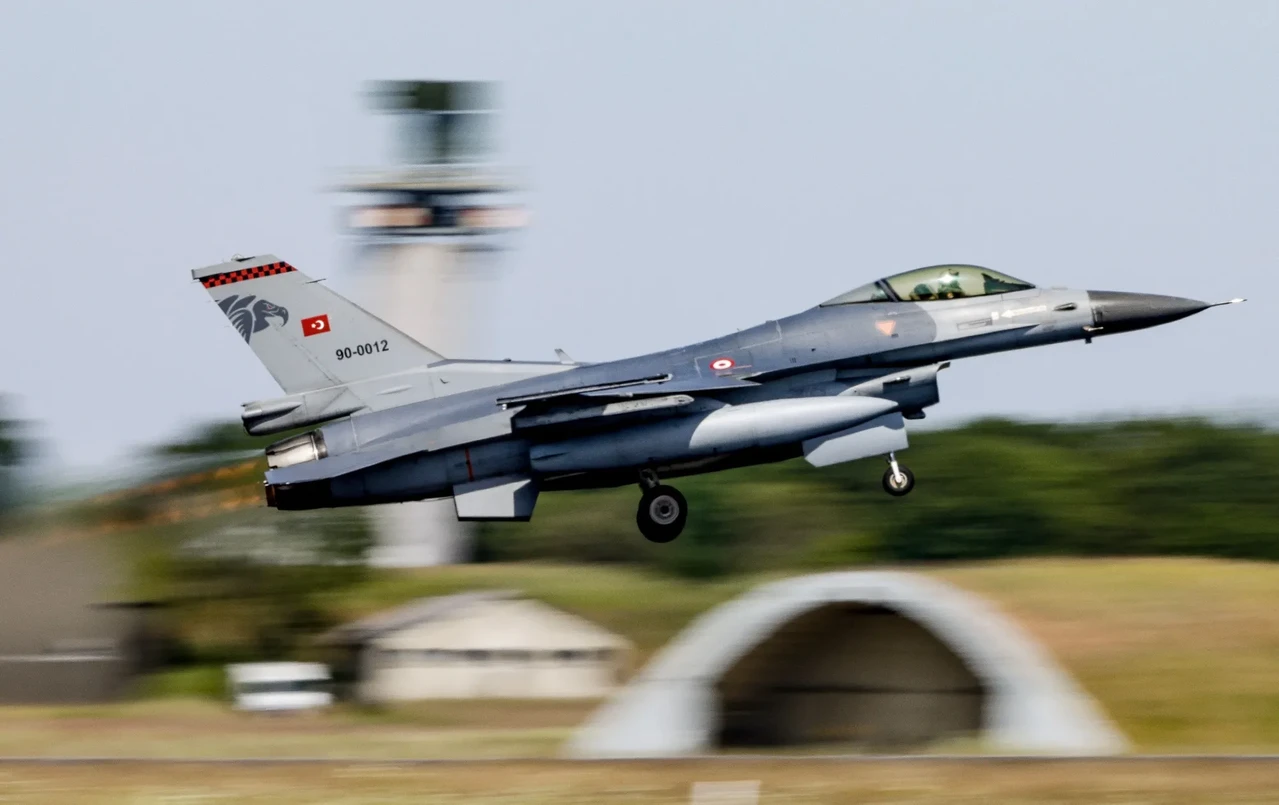What you need to know about the Syrian rebel offensive near Aleppo
 In this picture taken from the northern Syrian village of Ariha, smoke billows from the site of clashes and mutual shelling between Syrian rebels and allied factions and regime forces on the front lines on the outskirts of the city of Saraqib in Syria's Aleppo province, Nov. 28, 2024. (AFP Photo)
In this picture taken from the northern Syrian village of Ariha, smoke billows from the site of clashes and mutual shelling between Syrian rebels and allied factions and regime forces on the front lines on the outskirts of the city of Saraqib in Syria's Aleppo province, Nov. 28, 2024. (AFP Photo)
Syrian rebel forces launched a strategic military operation near Aleppo, marking the most significant escalation in the region since 2020.
The offensive, still ongoing with active clashes, aims to restore control of key areas within the Idlib de-escalation zone, established under a 2019 agreement between Türkiye, Russia and Iran.
The operation’s timing and Türkiye’s evolving position underscore critical regional dynamics.
Why now?
While speaking to Türkiye Today, a non-resident fellow at the Atlantic Council, Omer Ozkizilcik said: “The operation had been anticipated for over six weeks but was delayed to avoid any perception of alignment with Israel amid its military actions in Gaza and Lebanon.” The cease-fire in southern Lebanon provided a strategic window for Syrian rebel factions to act.
The operation gained momentum after Türkiye shifted from initially opposing the move to granting tacit approval. This shift was influenced by stalled normalization talks between Ankara and Damascus, as well as growing frustration over Russia’s reluctance to uphold prior agreements regarding Syrian government activity.
Objectives of offensive
The most immediate goal of the rebel operation is to sever the M5 highway, a vital artery connecting Damascus to Aleppo and serving as a strategic supply route for the Assad regime, according to Ozkizilcik. By disrupting this route, the rebels aim to hinder regime logistics and reclaim territory lost during previous offensives.
The operation has already achieved notable success, with rebel forces capturing 32 villages and settlements west of Aleppo within 11 hours. The rapid advance also points out the recent resistance capacity of pro-Assad forces, including Iranian-backed militias.
Reports indicate that the operation was initially planned as a highly limited engagement. However, the rapid retreat of Assad regime forces has allowed rebel groups to achieve gains far beyond initial expectations.

Türkiye‘s position
Initially opposed to the operation, Türkiye has since signaled tacit approval, a shift attributed to deteriorating normalization talks with the Assad regime and strained relations with Russia.
While Türkiye remains a passive observer in this operation, it acknowledges the legitimacy of the rebels’ actions. Turkish defense sources emphasized that the offensive adheres to the boundaries outlined in the 2019 agreement, targeting areas seized by pro-Assad forces in previous years.
The operation has not prompted new Turkish military deployments; rather, existing forces in northern Syria remain focused on stability and monitoring.
Regional implications
The developments have significant implications for Türkiye’s security and humanitarian concerns. The operation has reportedly led to the capture of areas capable of housing up to 200,000 displaced civilians, potentially alleviating pressure on Türkiye’s borders. This is particularly relevant as Idlib has been a hotspot for displacement due to government offensives.
While the offensive has expanded beyond initial expectations due to the Syrian regime’s retreat, Turkish officials remain focused on ensuring the operation remains within the bounds of previous de-escalation agreements.
The current dynamics suggest a temporary recalibration rather than a broader escalation, with the focus remaining on securing key territories and preventing further humanitarian crises in the face of the upcoming winter.



